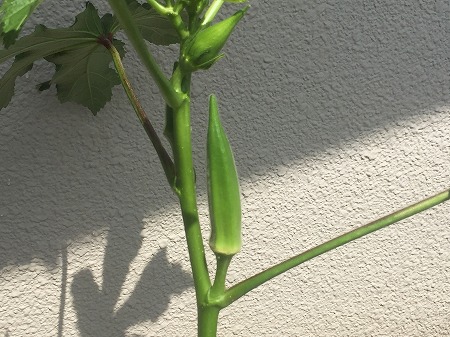Okra's history and origin

Okra grows well in the hot midsummer, so it must be a warm vegetable.
I was interested in the history and origin of Okra.
(`・ω・´)
Okra's place of origin
seems to be considered to be Africa (around South Ethiopia).
From there, it spread around the Mediterranean Sea, the Balkan Peninsula, and India.
In this area, Okra is called ladies' finger or bindi and seems to be a classic ingredient.
It is especially loved and loved by thick soup.
Okra history
Slaves brought from Africa in America in the 1800s
It seems to have spread from where the cheap okra seeds were sown instead of coffee.
Yup? Does that mean that if you roast okra, it will become a candy? (/・ω・)/
Let's experiment next time
(※Japanese is translated into English by translation software. I am sorry if it is strange English.)
